With the cost of groceries surging, it’s time to stop splurging on over-priced food items. While some treats might be worth lightening your wallet for, others are simply too expensive. Here are 23 costly foods that will make you revise your shopping list.
Granola

It might be a tasty addition to your morning oats, but granola prices are shockingly high, with the average bag costing around eight dollars. Instead of buying an overpriced granola mix that you’ll finish in a few sittings, try making your own. This way, you can customize the flavor while saving your hard-earned cash.
Cereal

Another breakfast food soaring in price is cereal, with most boxes costing over five dollars. While it may be healthier than eating bacon every morning, cereal is high in sugar and additives. There are plenty of cheaper, healthier breakfast foods on the market.
Soda

The price of soda has increased by a huge 45% in less than four years, leaving many people frustrated as they buy this once-cheap beverage. Due to increased production costs and foreign tariffs, soda prices are likely to continue rising.
Chips
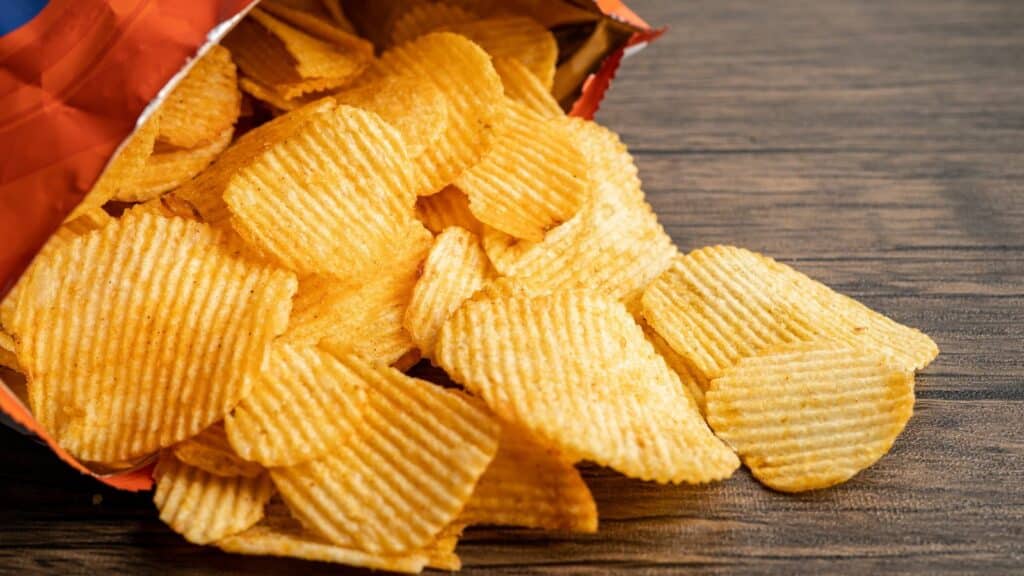
Once a cheap and cheerful snack, potato chips now cost more than five dollars per bag. With prices now 50% higher than at the start of 2020, many shoppers are now leaving their favorite salty snack on the shelf.
Protein Bars
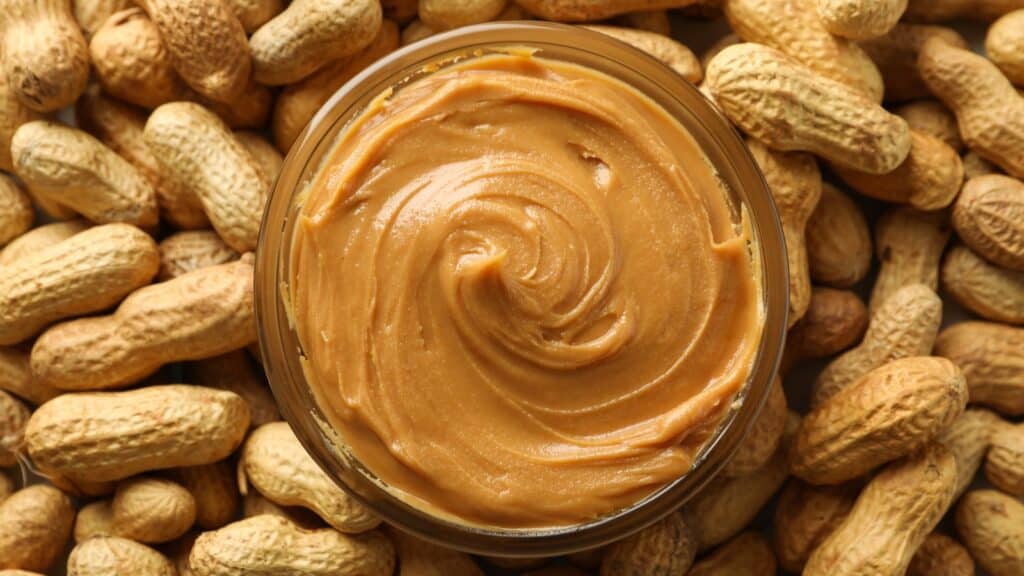
They’re a favorite of gym-goers and anyone too busy for a sit-down breakfast, but protein bars are far too expensive. Protein isolates, natural sweeteners, and nuts are all expensive ingredients, causing the cost of making these bars to increase.
Pre-Cut Produce
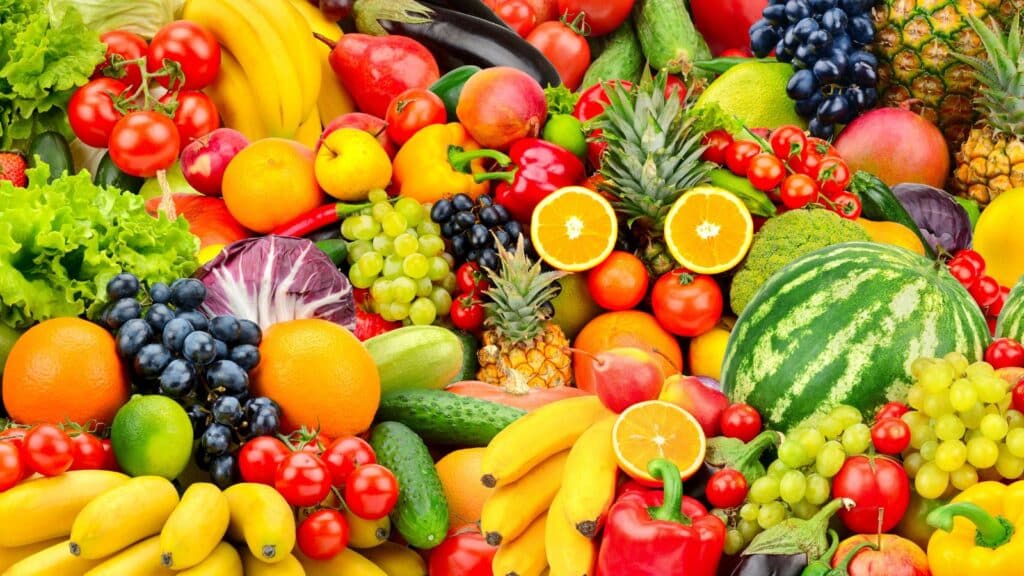
Preparing your fruit and vegetables might be time-consuming, but the cost of pre-cut produce means there’s no other way. Studies found that while one whole romaine lettuce costs just $1.99, its chopped counterpart will set you back $3.99.
Out of Season Produce

Buying produce that has been imported from distant farms doesn’t just harm the planet; it also hurts your wallet. It might be tempting to buy a punnet of strawberries in the depths of winter, but it isn’t worth the cost. Plus, in-season produce looks and tastes better.
Pizza Dough

There’s something special about buying some dough and crafting your own pizzas at home, but this could soon become a thing of the past. Pizza dough prices have soared in recent years, mainly due to the high cost of wheat flour.
Croutons

They might add some texture to your lunchtime salad, but are croutons worth the price? The average bag of store-bought croutons will set you back around $4, with organic brands selling packs for $6. Thankfully, these salad additions are easy to make yourself and will cost half as much.
Trail Mix
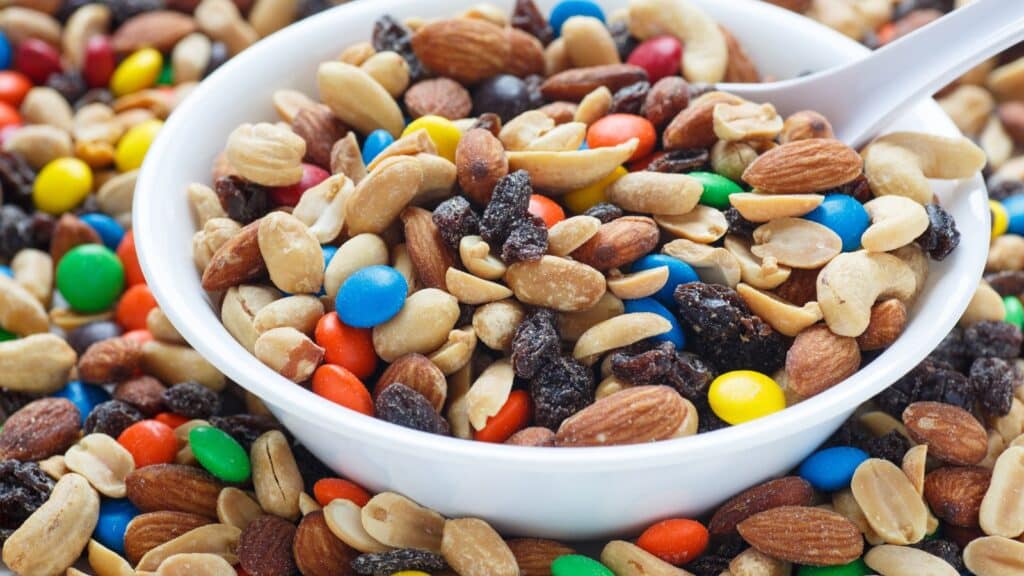
Marketed at those who love exploring nature, the humble trail mix is a healthier alternative to cookies or chocolate. Unfortunately, health snacking comes with a hefty price tag. The average trail mix brand charges $20 for a small canister.
Kombucha
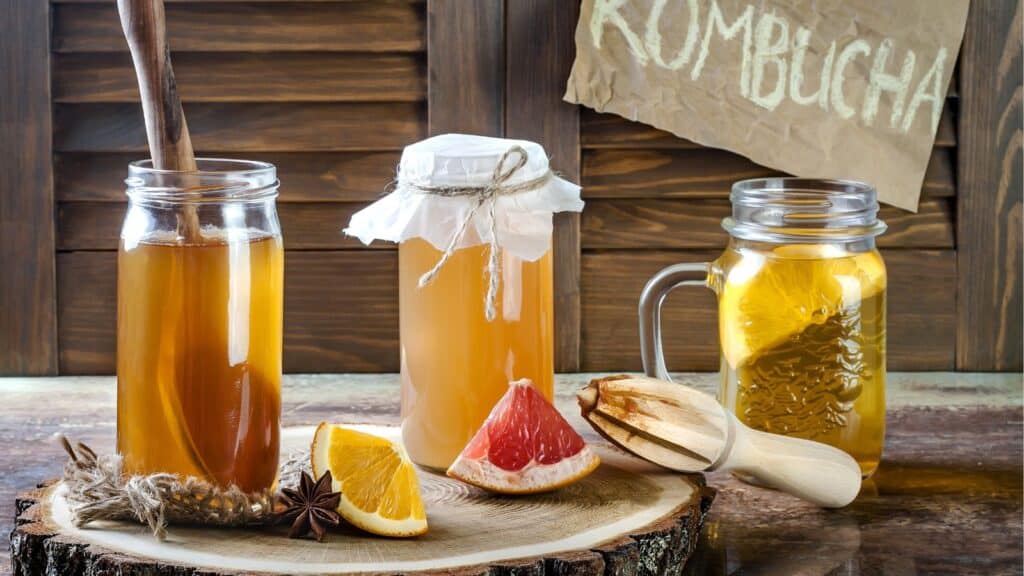
Kombucha is one of America’s trendiest drinks, famed for its gut-loving ingredients. But, this beverage is becoming more of a luxury than a commodity. Costing up to $6 for one bottle, this once-humble drink is more of a rare treat than a daily ritual.
Bakery Bread

Since the pandemic, bakery bread has become more expensive, with many people making their own loaves and purchasing sourdough starters. In 2022, the retail price of white pan bread hit an all-time high with costs jumping by 80%.
Most Meat

Thanks to supply chain meltdowns and rising labor costs, eating meat is becoming an expensive way to live. Steak lovers in particular are finding that their weekly grocery bill is growing, with beef costing more per kg every year.
Rice Mixes
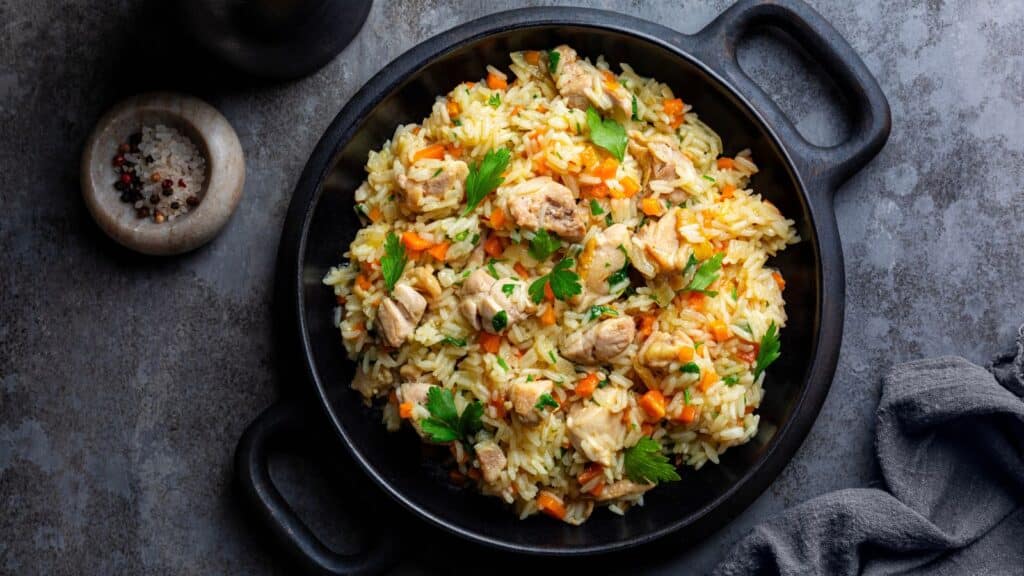
While plain rice is a cost-effective staple, the same can’t be said for premade rice mixes. For a few added flavorings and herbs, shoppers can expect to pay around $7 per pack, with this increasing to $10 for organic labels.
Smoothie Bowls

Smoothie bowls are a hit among health-conscious eaters, with hipster cafes making sure they appear on their menus. Many smoothie bowl brands rely on South American farms to grow their star ingredient, Acai. This can drive the price to an eye-watering $20 per bowl.
Cold-Pressed Juice

Many shoppers swap Tropicana for cold-pressed juice before realizing the costly mistake they’re making. Often sold as part of a cleanse or detox package, cold-pressed juices are notoriously pricey, with bottles selling for between $5-$10.
Doughnuts

Nobody makes doughnuts as well as in the US, and these sweet treats have become a national icon. While $0.50 street-side doughnuts can still be found, supermarket prices have been soaring due to increased production costs.
Organic Food
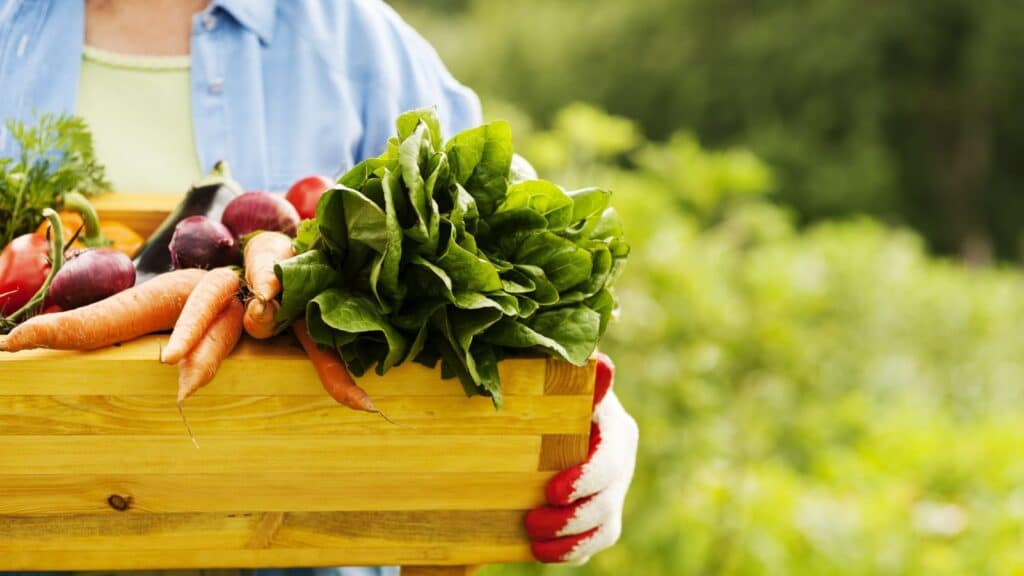
With higher nutrient content and lower pesticide residue, organic foods are a go-to for eco-conscious Americans. Since it comes from smaller farms and must pass rigorous tests, organic produce may be healthier, but it’s far more expensive.
Ice Cream

Loved by all ages, ice cream is a summertime treat that, until recently, was inexpensive. But these days, higher farming costs mean people are paying more than ever for this frozen delight.
Hummus
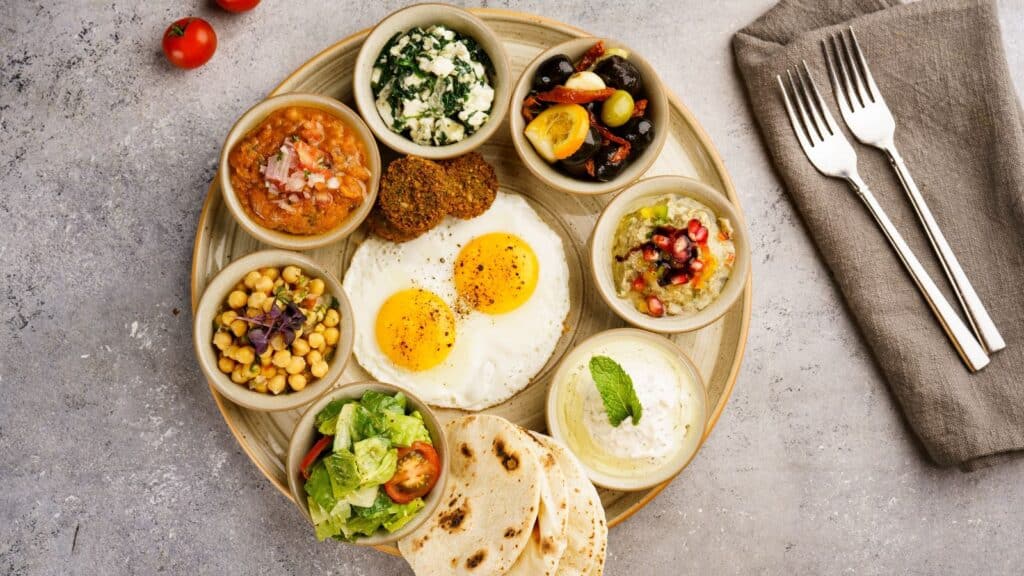
This delicious chickpea dip is popular for good reason, but paying over $5 for a tub makes it more of a delicacy. With a global chickpea shortage and increased inflation, this beloved Middle Eastern food will only get pricier.
Infused Olive Oil
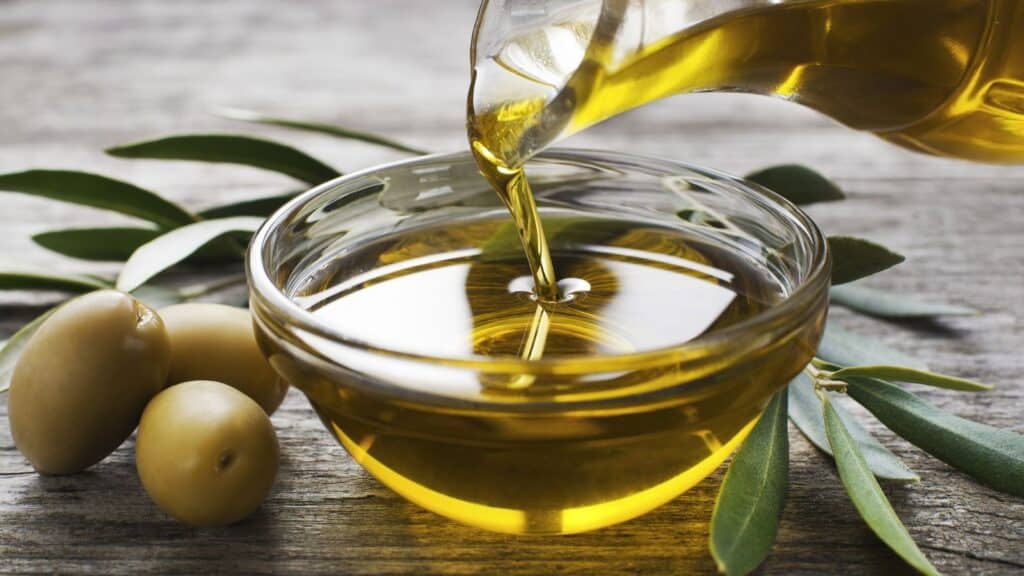
From basil and chili to blood orange and lemon, olive oil is infused with various ingredients to provide more flavor. Although they were never cheap, infused olive oils have surged in price, mainly due to climate change. Olive trees are hard to grow, and frequent droughts aren’t helping the situation.
Fresh Seafood
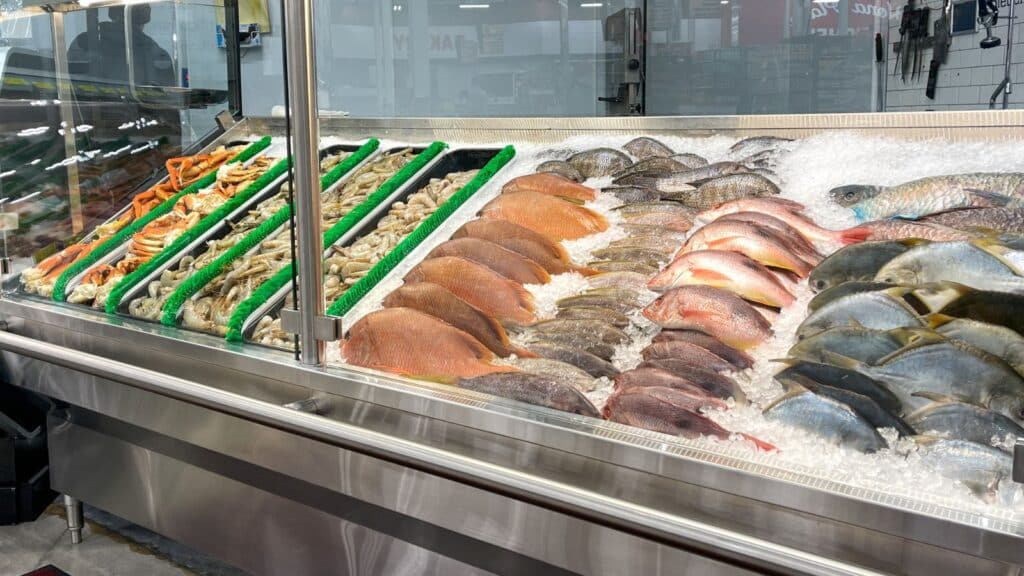
Nothing beats the taste of fresh seafood, but rising costs are causing more people to choose frozen fillets. Unlike meat, seafood spoils quickly and has a much shorter shelf life, meaning it usually sells for more. Combine this with the cost of fishing and you have an expensive food that is no longer worth buying.
Guacamole
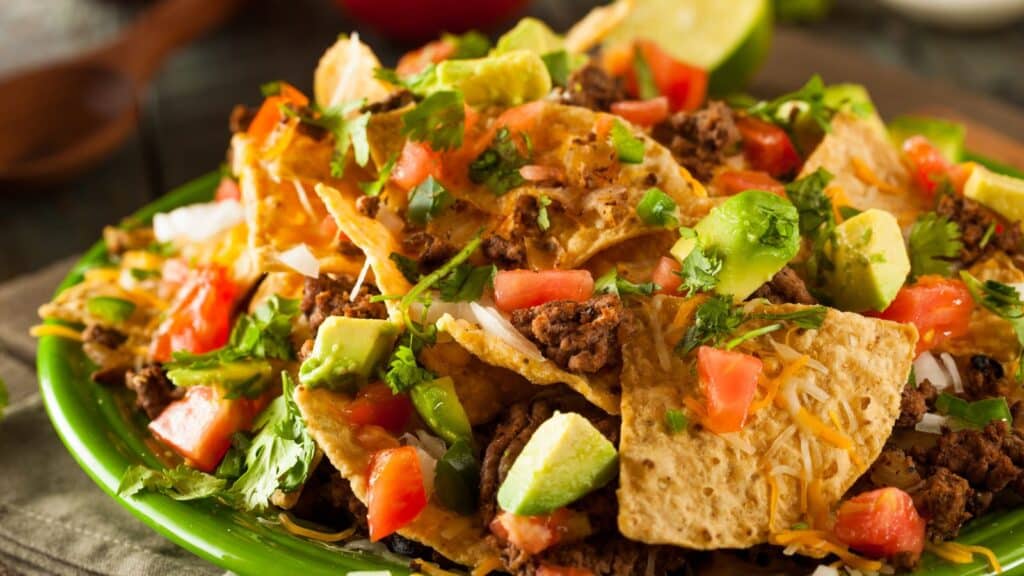
This beloved Mexican dip and salty chips are a match made in heaven, but both are expensive to buy. Avocados are a precious commodity that is expensive to grow, meaning guacamole prices will continue to soar.
19 Grim Realities of Dating After 50 That Are Often Overlooked

19 Grim Realities of Dating After 50 That Are Often Overlooked
26 Things That Will Be Extinct Because Millennials Refuse to Buy Them

26 Things That Will Be Extinct Because Millennials Refuse to Buy Them
24 Outdated Slang Terms You Absolutely Shouldn’t Be Using Anymore

24 Outdated Slang Terms You Absolutely Shouldn’t Be Using Anymore
25 Hardest Parts About Getting Older That No One Ever Talks About

25 Hardest Parts About Getting Older That No One Ever Talks About


